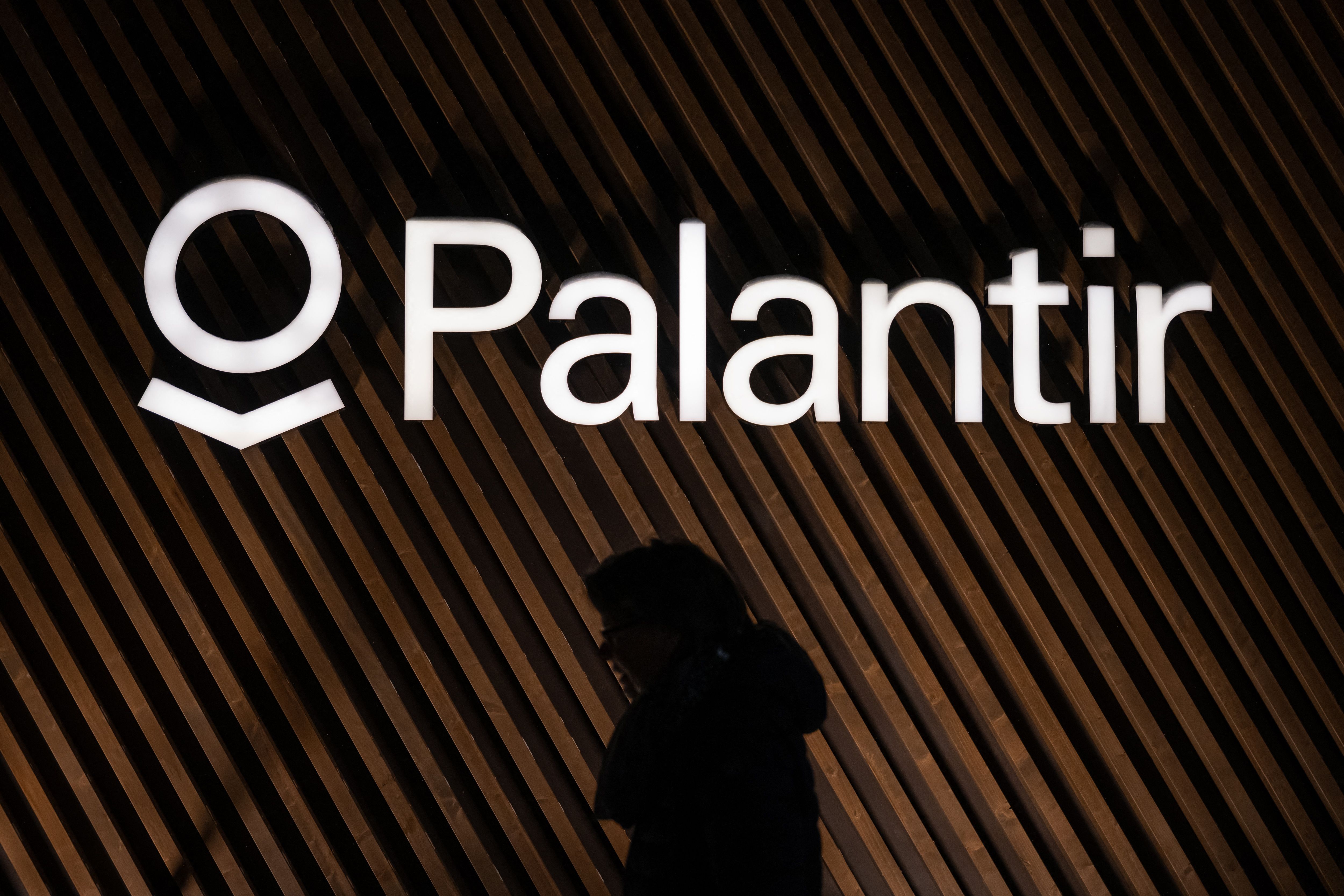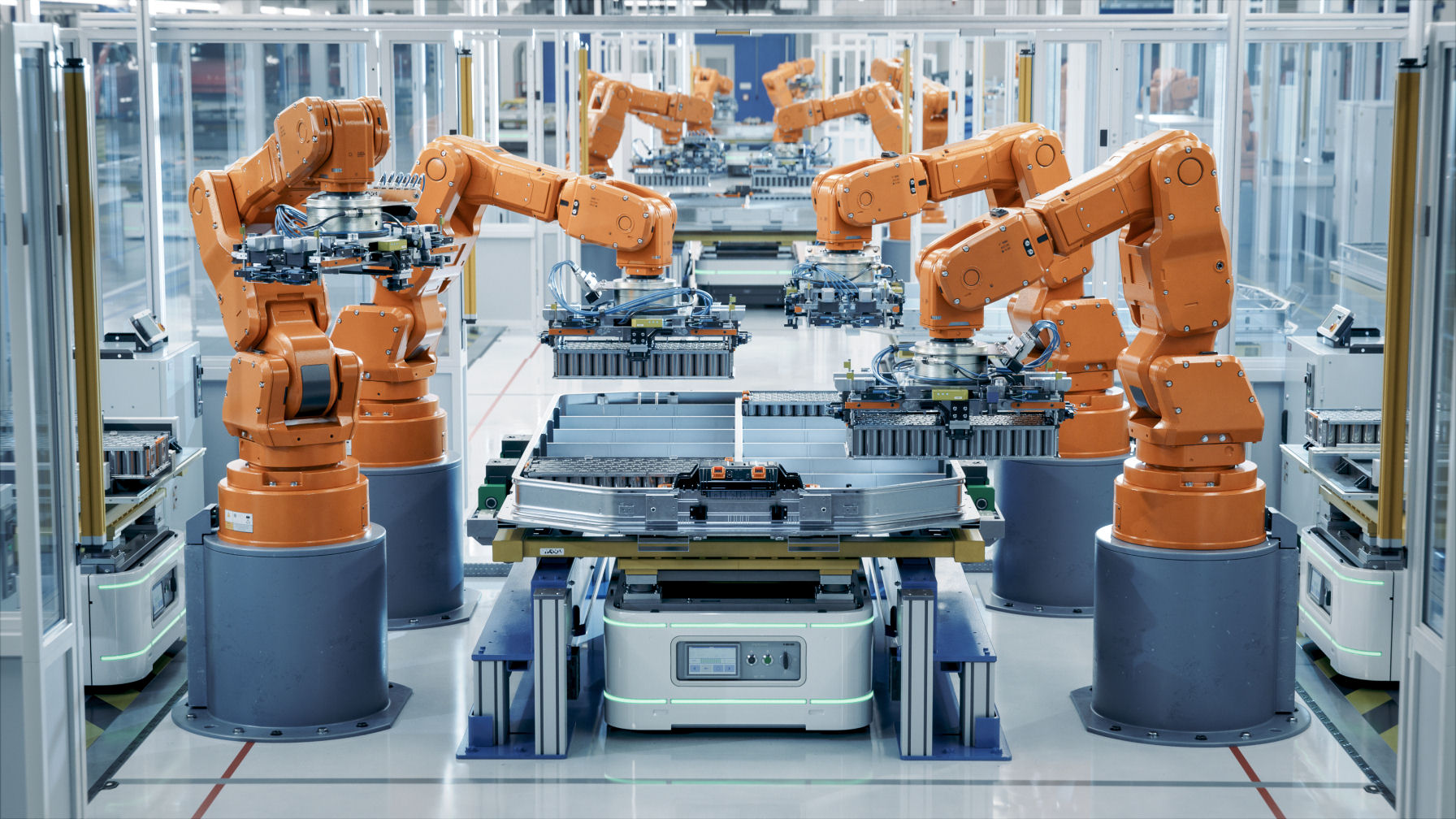
Confession: I have a thing for moats. Economic moats, not the crocodile kind (though honestly, both are equally compelling from an investing standpoint). And Intuitive Surgical (ISRG)? They’re the castle, the moat, and probably the village idiot who’s trying to work out how to swim across.
They’ve been selling the da Vinci system since the late 90s—back before robots in the medical field were more than sci-fi fodder and everyone still thought Clippy was helpful. Now, they’re in bladder, womb, abdominal cavity, and sometimes the hearts of patients who probably didn’t expect to meet a robot on the way to the hospital.
Intuitive doesn’t just sell hardware; no, that would be too basic. They play the classic “razor-and-blades” game. Buy the dazzling system (the “razor”), then spend eternity buying its accessories (the “blades”), which, frankly, should come with a warning: “Side effects may include recurring revenue and mild feelings of helpless addiction.” Even their service contracts are irresistible. As a trader, I see “recurring revenue” and my heart flutters—because consistency, however illusory, is sexier than spontaneity in this business.
Their Q2? $2.4 billion up 21%—not bad for a company that already dominates its niche. Instruments and accessories are the real cash cows ($1.47 billion), with the systems and services content to play supporting roles. Ten thousand da Vinci systems installed worldwide—tell me they’re not setting up world domination in the least villainous way possible.
[stock_chart symbol="NASDAQ:ISRG" f_id="204057" language="en"]
Still, if you’re anxious about buying in right now, what with a price-to-earnings ratio hovering at 70—well, welcome to the club. I lose sleep over valuation, too. But surgical robots aren’t exactly household appliances yet, so there’s runway. Would I buy at this price? Perhaps with one eye open and the other on the “Sell” button, but five years is a long time, and history’s on their side (119% earnings growth over five years is enough to make my therapist nod encouragingly).









